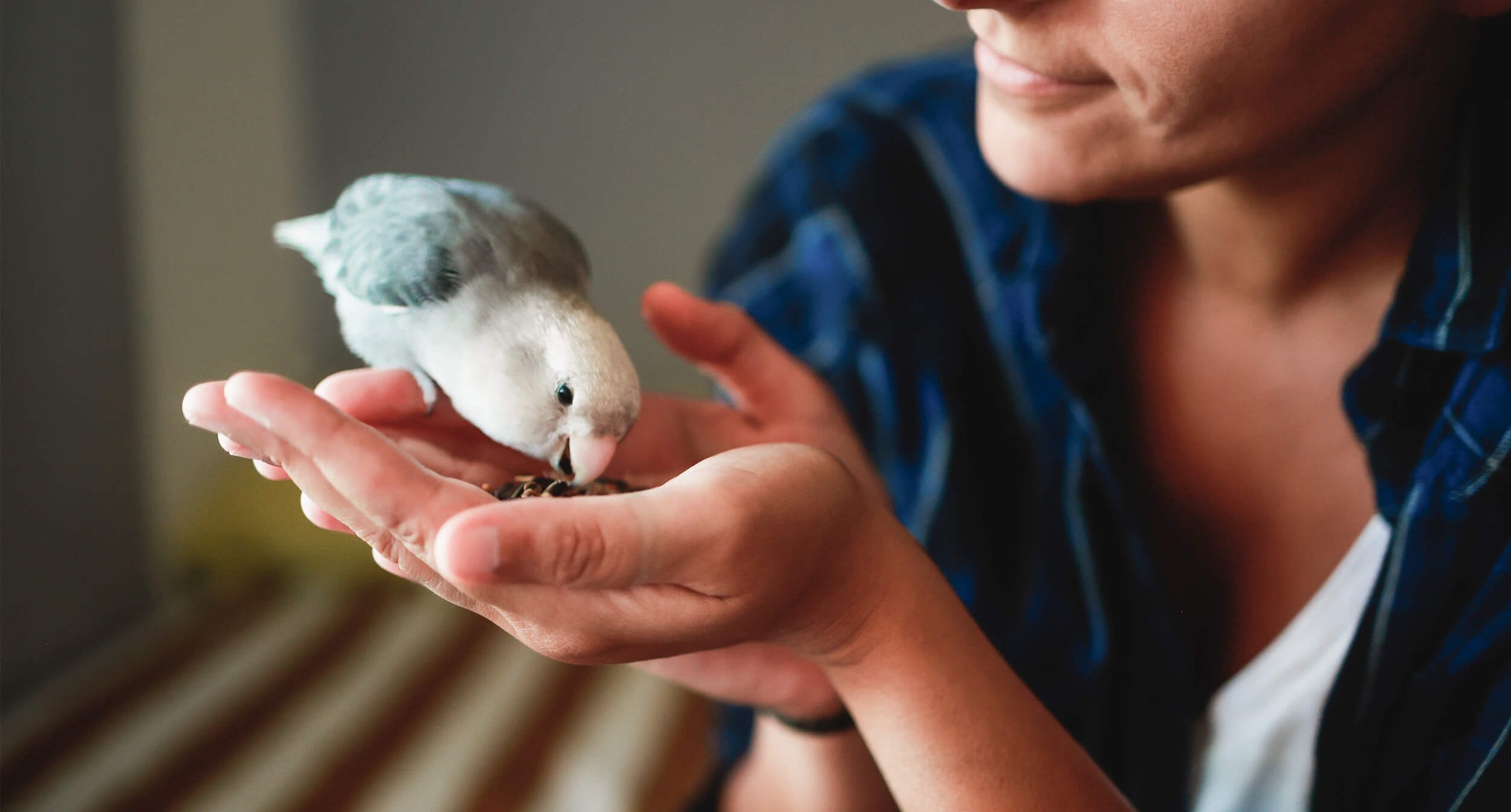
Rituals with Animals – Small Routines, Big Impact
“Good morning, Fips!” – every day starts the same and the rabbit already knows what’s coming. Children love such moments because they provide security. Animals also react to fixed routines because they sense when someone is reliably there. Small rituals create connection and help children experience responsibility without it feeling like a chore.
Why Routines are Good for You
Rituals provide orientation and structure – especially in often hectic family life. When animals become part of such routines, very special moments of pause arise. The daily feeding, checking for fresh water, or scattering hay demonstrates this. Responsibility can be easy and natural.
Children learn that care means acting regularly – not because someone demands it, but because another living being relies on it.
Small Steps, Big Impact
Parents don’t have to invent new rituals – often it is enough to consciously shape everyday things. A brief greeting in the morning, cleaning the enclosure together, or an evening look into the house are small but effective routines. Such routines convey stability and closeness. Children experience: “My actions have meaning, and my animal reacts to me.”
Rituals help especially shy children to gain confidence. A recurring moment creates reliability from which bonding can develop. Restless children also benefit from it. Caring for an animal has a calming effect and strengthens concentration.
3 Ideas for your Everyday Life
1️⃣ Greeting ritual: A short greeting in the morning – and the animal knows: “My human is here.”
2️⃣ Care time: 5 minutes of “animal time” every evening – feeding, checking litter, observing.
3️⃣ Closing moment: A small goodnight ritual: “Sleep well, Fips!” – and the light is turned off together.
Such mini-routines create structure, strengthen the sense of responsibility, and transform animal care into a warm, recurring family moment.
How Parents Can Accompany Rituals
Rituals work best when they are designed to be child-friendly. Parents can lovingly guide their children and link the rituals with positive experiences. It is important that the animal moments are not experienced on the side, but consciously. A “How is our Fips doing today?” at the breakfast table can be the beginning of a beautiful routine.
💡 Parent tip:
Rituals lose their magic when they create pressure.
It is better to create small, flexible routines because they grow with the family.
The most Important Thing at a Glance
Rituals with animals strengthen togetherness. They promote mindfulness, patience, and reliability – values that will accompany children even outside the animal enclosure.
Those who cultivate small routines in everyday life discover that animals are teachers of empathy. In this way, feeding, observing, or caring become moments that show: Learning begins where responsibility is fun.